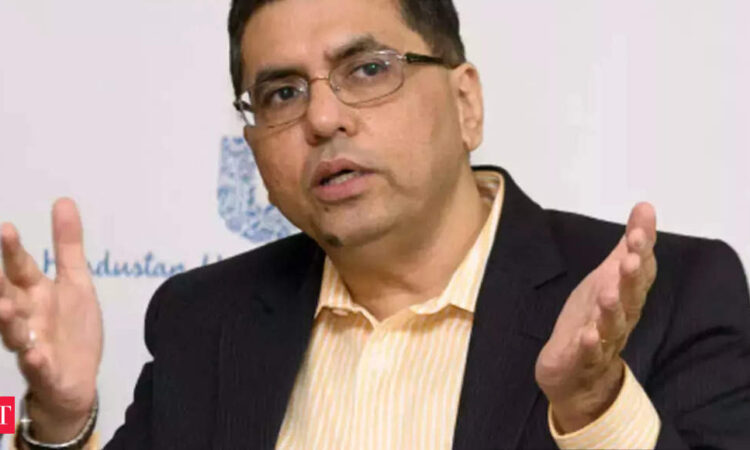
“These payments are justified and are in the overall interest of HUL,” Mehta told ET in an interview. “I am very confident that once we start engaging with the investors, they will fully understand the merit of these arrangements. As far as the phased increase of 80 basis points (bps) is concerned, the investors know our track record of increasing ebitda margins especially in the last 10 years when we increased margins by 1,000 bps. Like any other item involving increase in investments the business will take this increase in its stride.” A basis point is 0.01 percentage point.
HUL’s share price fell nearly 4% on Friday, a day after the company said the royalty it pays to parent Unilever Plc is being raised for the first time in a decade to 3.45% of the total turnover from 2.65%.
‘New Mfg Cos Need Tax Sops for 5 More Yrs’ | page 6
The increase will be phased in over three years.
Mehta told ET that there are two broad components to the payment – brand and technology royalty, and central service fees. Based on the revised arrangements, royalty payment will be 1.96% and the service fees will be 1.48% of turnover, he said.
“Royalty grants us the right to use Unilever-owned brands and access to Unilever’s cutting-edge technical knowhow, world class R&D and innovation capabilities,” he said. “The service fees enable us to leverage Unilever’s global expertise and functional services.”
The rate is still lower than most of Unilever’s multinational rivals in the country, including Nestle, Colgate, Procter & Gamble and Mondelez, all of which pay royalty of 5-8%.
As with most consumer goods companies, HUL has been witnessing low volume growth over the past year and price hikes have been driving revenue.
Inclusive growth is key to putting more money in the hands of more people, he said. “From the economy perspective, the two imperatives in this fiscal were controlling inflation and ensuring the economy keeps growing,” he said. “This will be equally true for the new fiscal year. While we think the worst of inflation is possibly behind us, we can’t take our eyes off the ball.”
Fiscal Consolidation
As for measures such as reducing income tax, they have to be tempered by the need for fiscal consolidation.
“Managing expectations, ensuring we move in the right direction towards fiscal consolidation will require very deft handling,” said Mehta, adding that it is not easy to get a grip on whether more money in the hands of consumers will result in savings or spending.
He said the government should extend concessional corporate tax rate for new manufacturing companies by another five years during the upcoming budget and offer additional benefits in research and development to attract investment by those planning to shift their global supply chains to India.
“The area where I see the government could look at is for new manufacturing units, where you have a concessional rate of 15% tax plus surcharge. India is at a very sweet moment, where people are looking to shift the global supply chains,” Mehta told ET. “While tax is not the only variable which attracts people to move supply chains, it could make a difference; other things being equal. And if this could be extended for another five years, I think it would augur well for the nation which aspires to increase the share of manufacturing in the GDP and consequently create more jobs.”
HUL’s performance is considered a proxy for broader consumer sentiment in India.
Green Shoots
Last week, the company posted a 16% growth in sales entirely driven by price hikes as volume growth or actual products consumers purchased grew 5%. However, rural markets, where value growth fell a few months ago, have seen marginal growth, which implies that people spent more money than in the same period last year.






